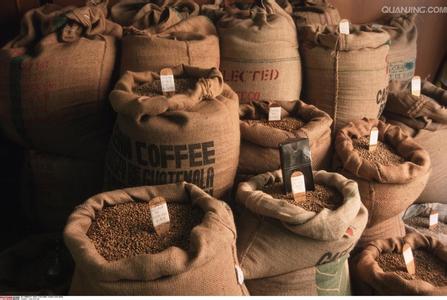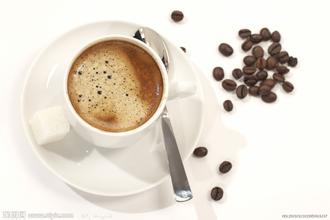Introduction to the flavor description of Starbucks Arabica coffee beans produced by the method of grinding scale
Starbucks Arabica Coffee Bean Grind Graduation Process Region Flavor Description Taste Introduction
Arabica grows in an area with an altitude of 600 - 2200 meters, a temperature of 15°-24°C, and an annual rainfall of 1200 - 2200 mm. From flowering to fruit ripening about 7 to 9 months, its bean shape is long, with a strong and round wet aroma, coffee made from Arabica coffee has a strong complex flavor such as: flowers, fruit, chocolate caramel and other flavors, the bitterness and acidity of the coffee made is quite balanced. It has less than 1.5% caffeine. Arabica beans are rich in aroma and taste, and taste softer and smoother. Therefore, it occupies a major position in the market. The caffeine content is about 1.5%.
It can be seen that the beans selected for good coffee should be Arabica, but only Arabica is too general. Arabica coffee will also be good or bad due to differences in geographical location, growing environment and planting methods.
"Typica" iron pickup, the name sounds very powerful, but in fact it is not so strong... its constitution is weak, disease resistance is poor, easy to catch rust leaf disease, fruit yield is also small. It is one of Ethiopia's oldest native varieties, and many Arabica are derived from iron pickups!
Iron pickup top leaves for bronze is one of the characteristics, bean larger, into a sharp oval or thin pointed shape. We are familiar with, such as thunder, such as Mantenin, Blue Mountain, Elephant Bean, Kona, Yunnan Small Round Bean... and so on. They are all derivatives of iron pickup trucks
Starbucks uses Starbucks coffee beans.
Supplement: Broadly speaking, there are two kinds of coffee beans in the world, Arabica beans and Robusta beans. The earliest Arabs ate coffee by chewing the whole fruit ( Coffee Cherry ) to extract its juice. They then mixed ground coffee beans with animal fat as an energy supplement for long-distance travel, and it was not until about 1,000 AD that green coffee beans were boiled in boiling water to make an aromatic drink. After another three centuries, Arabs began roasting and grinding coffee beans. Because alcohol was forbidden in the Koran, Arabs consumed a lot of coffee, so religion was actually a big factor in promoting the popularity of coffee in the Arab world.

Important Notice :
前街咖啡 FrontStreet Coffee has moved to new addredd:
FrontStreet Coffee Address: 315,Donghua East Road,GuangZhou
Tel:020 38364473
- Prev

The influence of coffee shop grade on price-coffee shop equipment list price
The influence of coffee shop grade on price-coffee shop equipment list price some friends overestimate the actual utility of joining a chain, thinking that joining a chain coffee shop will greatly improve the likelihood of success. Wrong! At present, most coffee chains in China have joined for the purpose of encircling money. usually these enterprises boast a successful management model and create their own core technology.
- Next

Introduction to the characteristics of African and South American coffee beans and the flavor of varieties produced in planting environment
Costa Rican coffee is praised by many gourmets as complete coffee because its overall performance is very balanced, the flavor is very clean and tight, the delicate sour taste with green apple (sometimes citrus or plum fruit), the body is tight but not thin, and the sweetness of the coffee will stay in the throat after drinking.
Related
- What documents do you need to go through to open a coffee shop? coffee shop coffee shop certificate processing process
- How to purchase Coffee beans in small Cafe how to choose a suitable supplier for domestic Coffee supply Company
- How to drink Starbucks Fragrance White Coffee? how to make Australian White Coffee? what Italian coffee beans are recommended?
- The Story of Flora Coffee: the name of Flora Coffee Bean and the implication of the Flowers on Florna Coffee
- How much does a cup of coffee cost? How much is the profit of a cup of coffee? What is the profit of the coffee shop in a year?
- Yunnan small Coffee, known as "fragrant Coffee", introduces the characteristics of Alpine Arabica Coffee producing areas in Yunnan, China
- 2023 latest Starbucks full menu price list how much is a cup of Starbucks coffee what is better to drink the most popular hot and cold drinks recommended
- Starbucks different kinds of Coffee Price list Starbucks menu 2023 Top Ten Best drinks in Starbucks
- Starbucks Spring praise Comprehensive matching Coffee Bean theme Story Packaging implication and taste description
- The cost of a cup of coffee latte American coffee cost price and selling price

